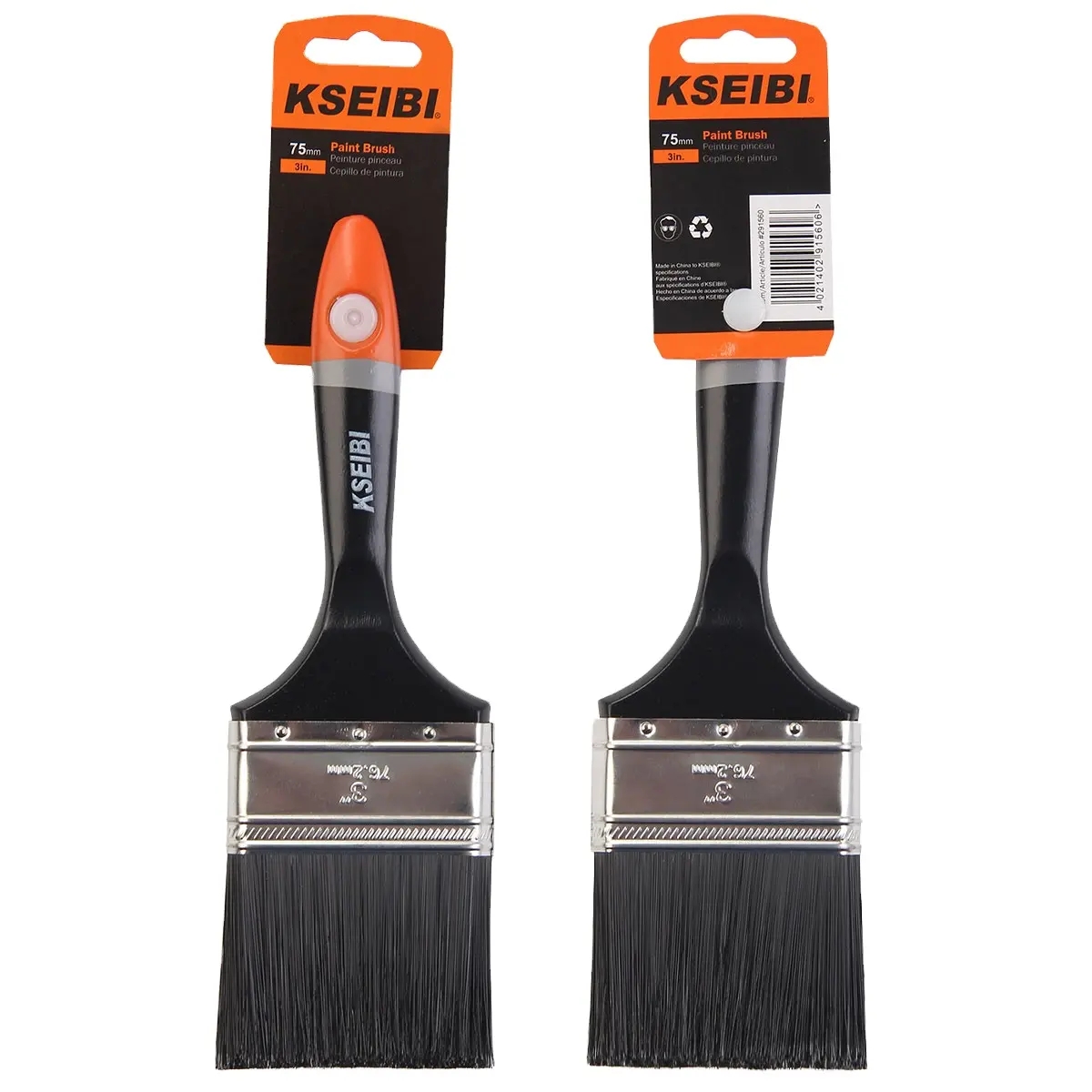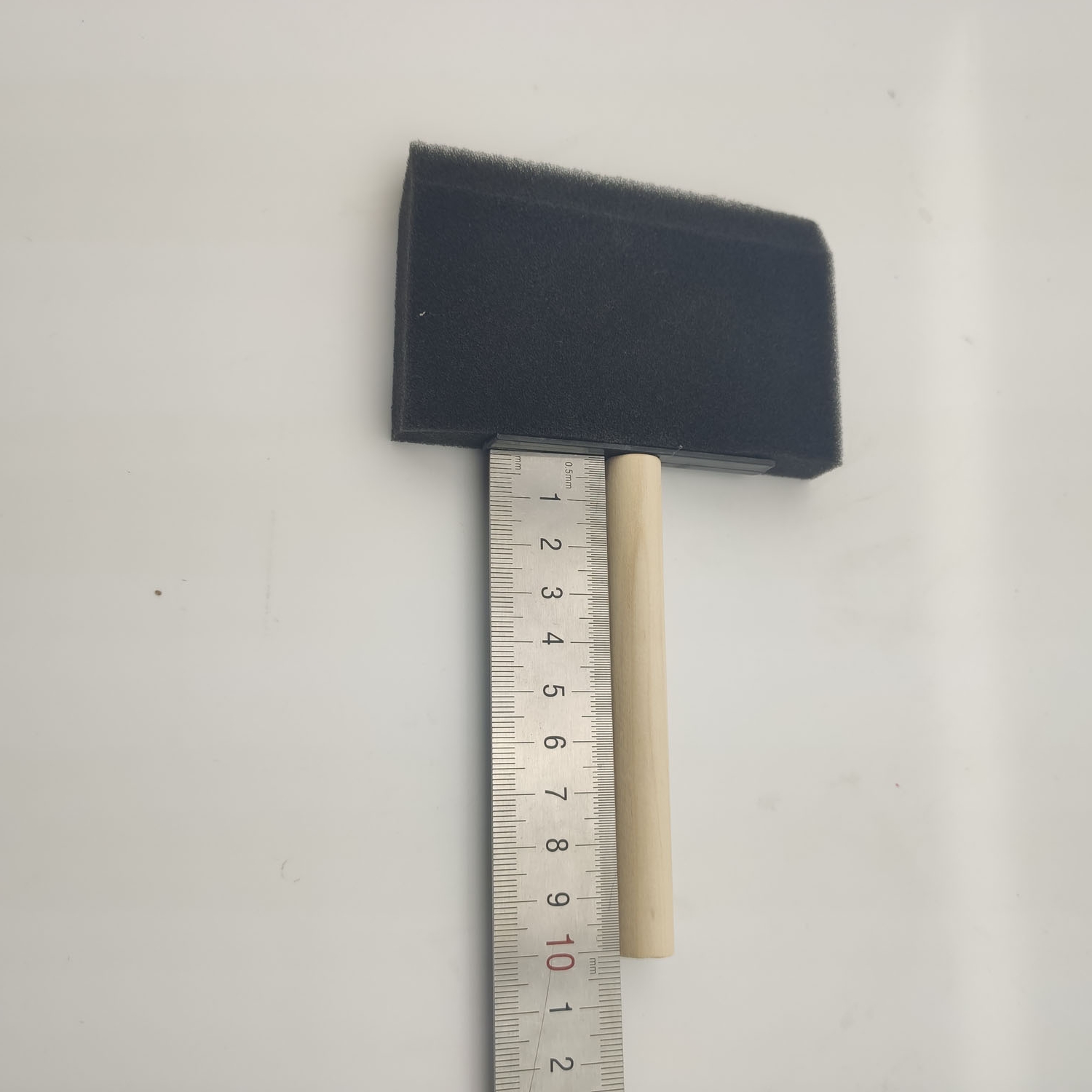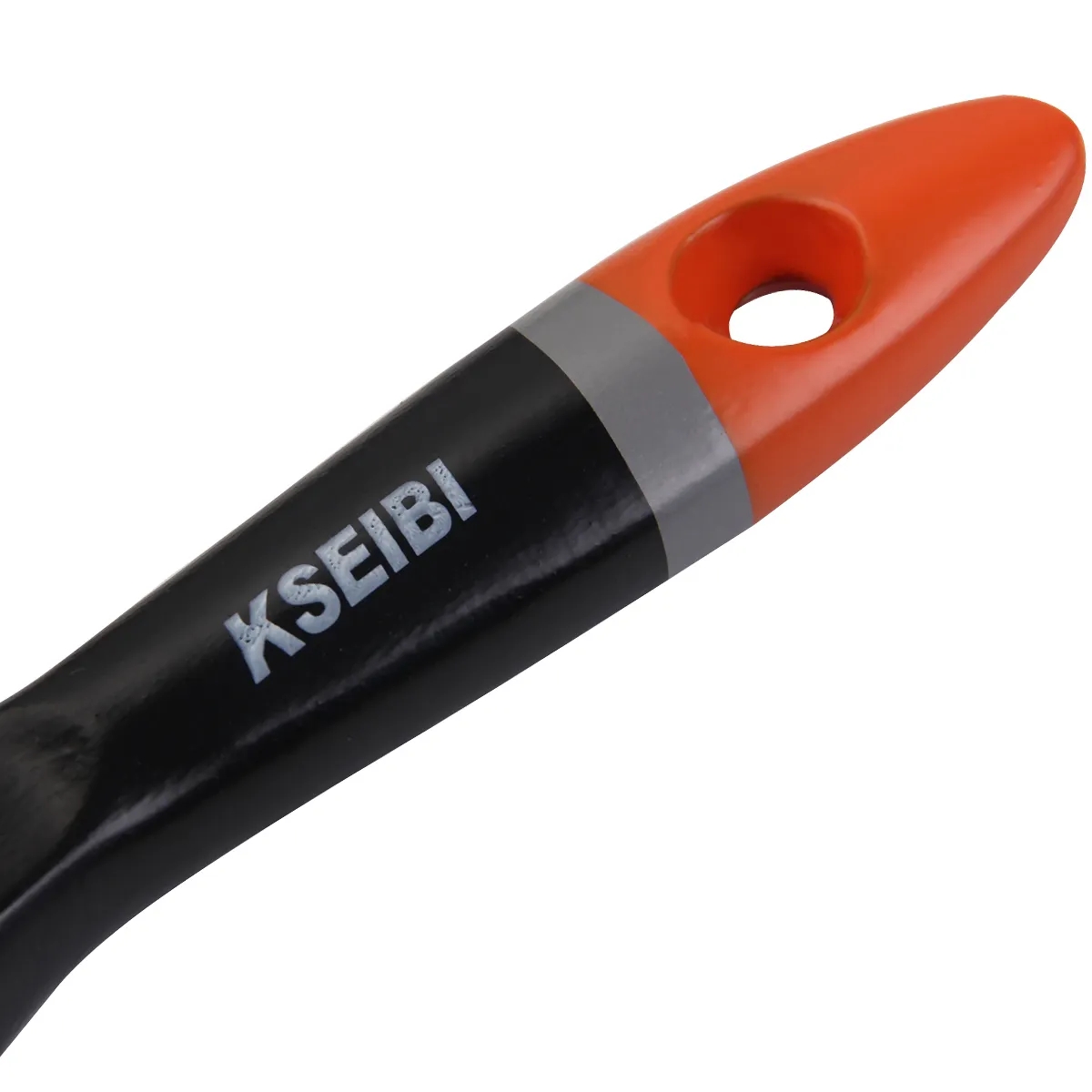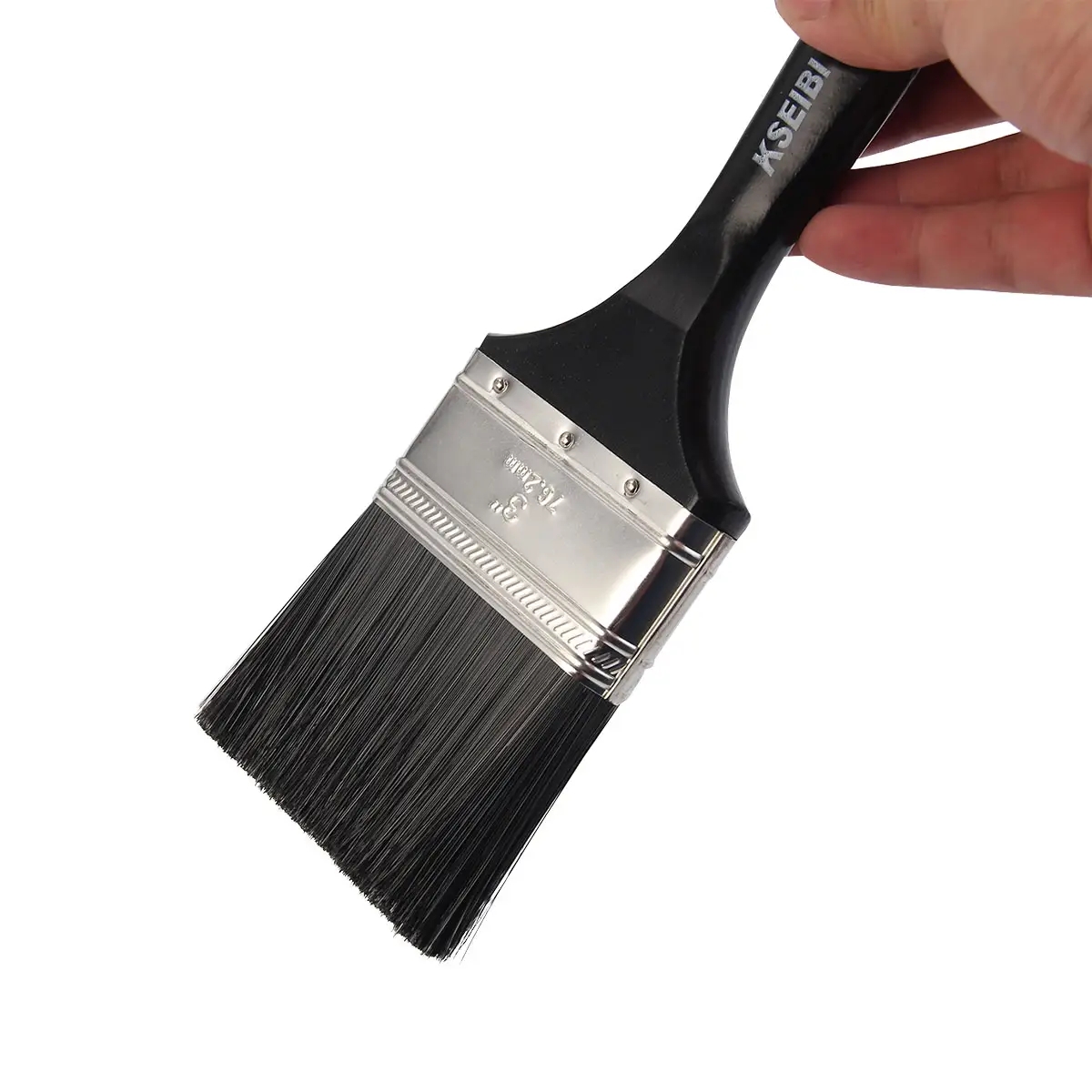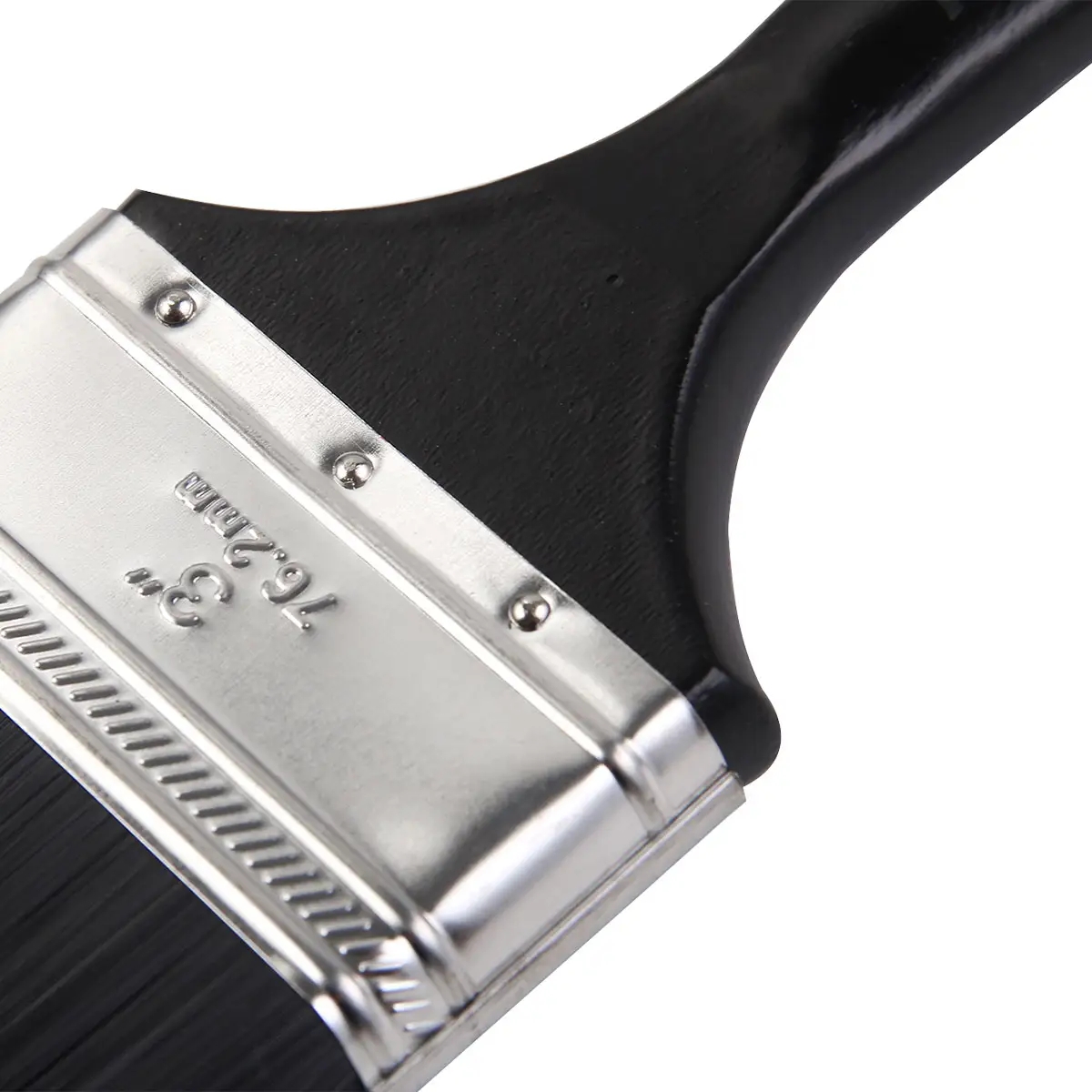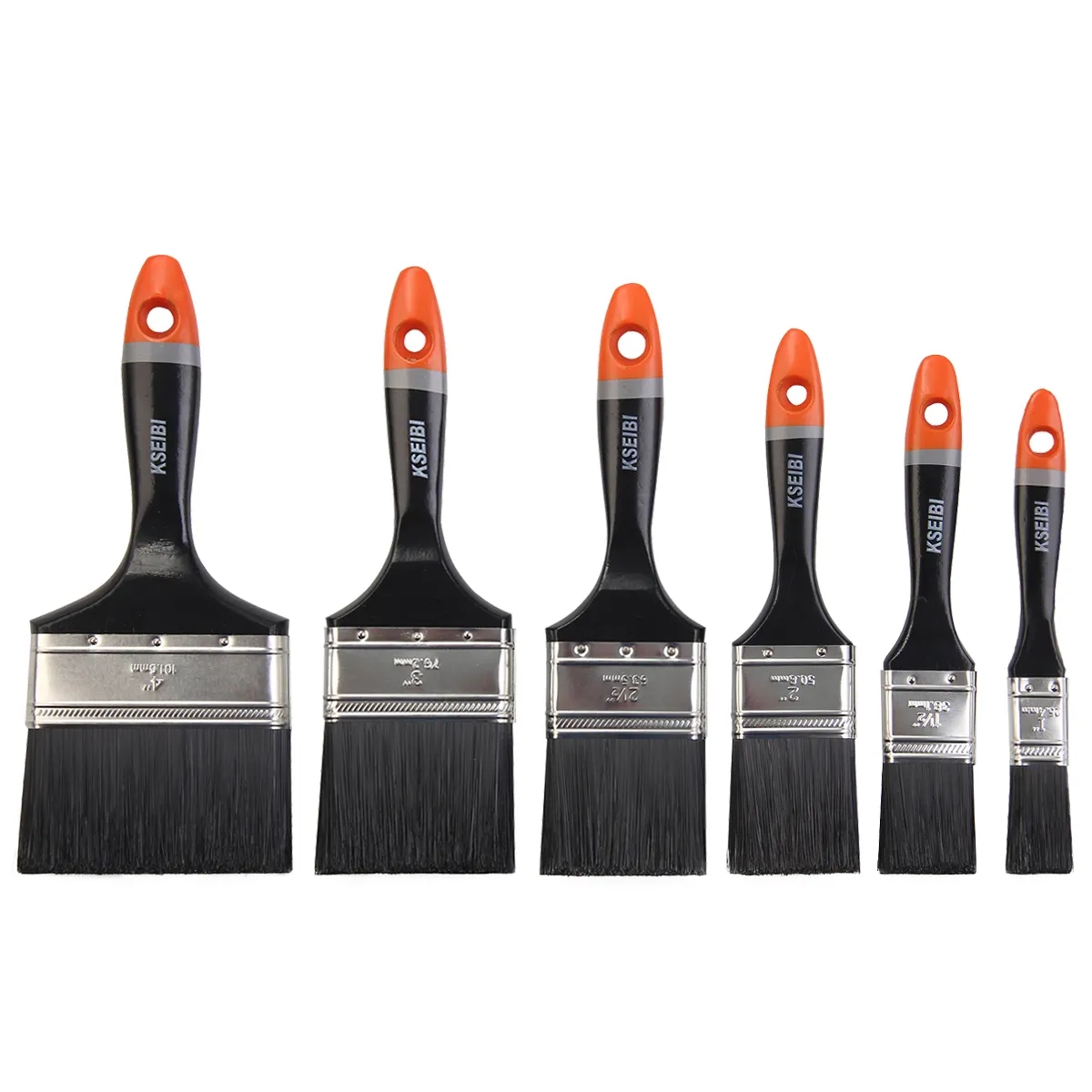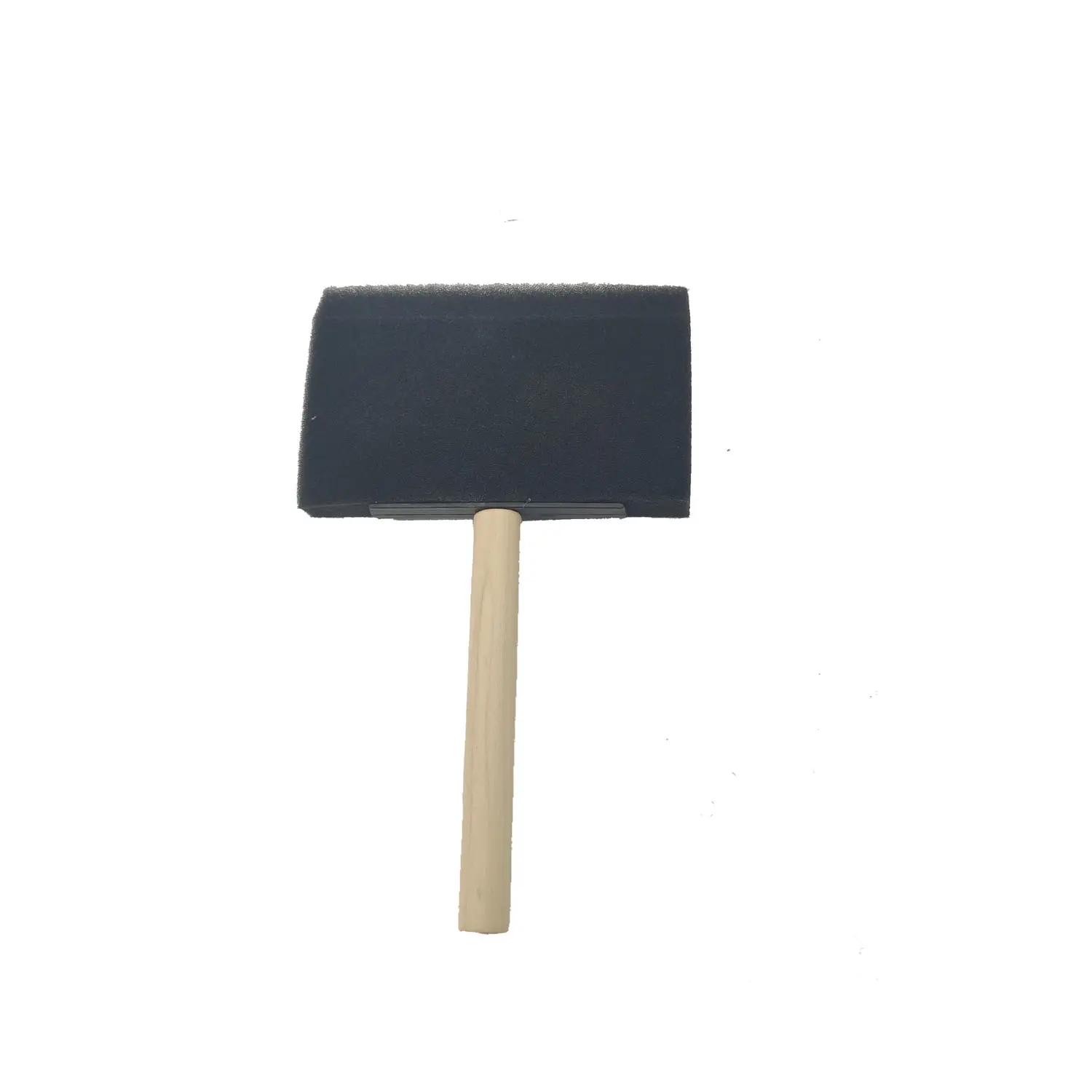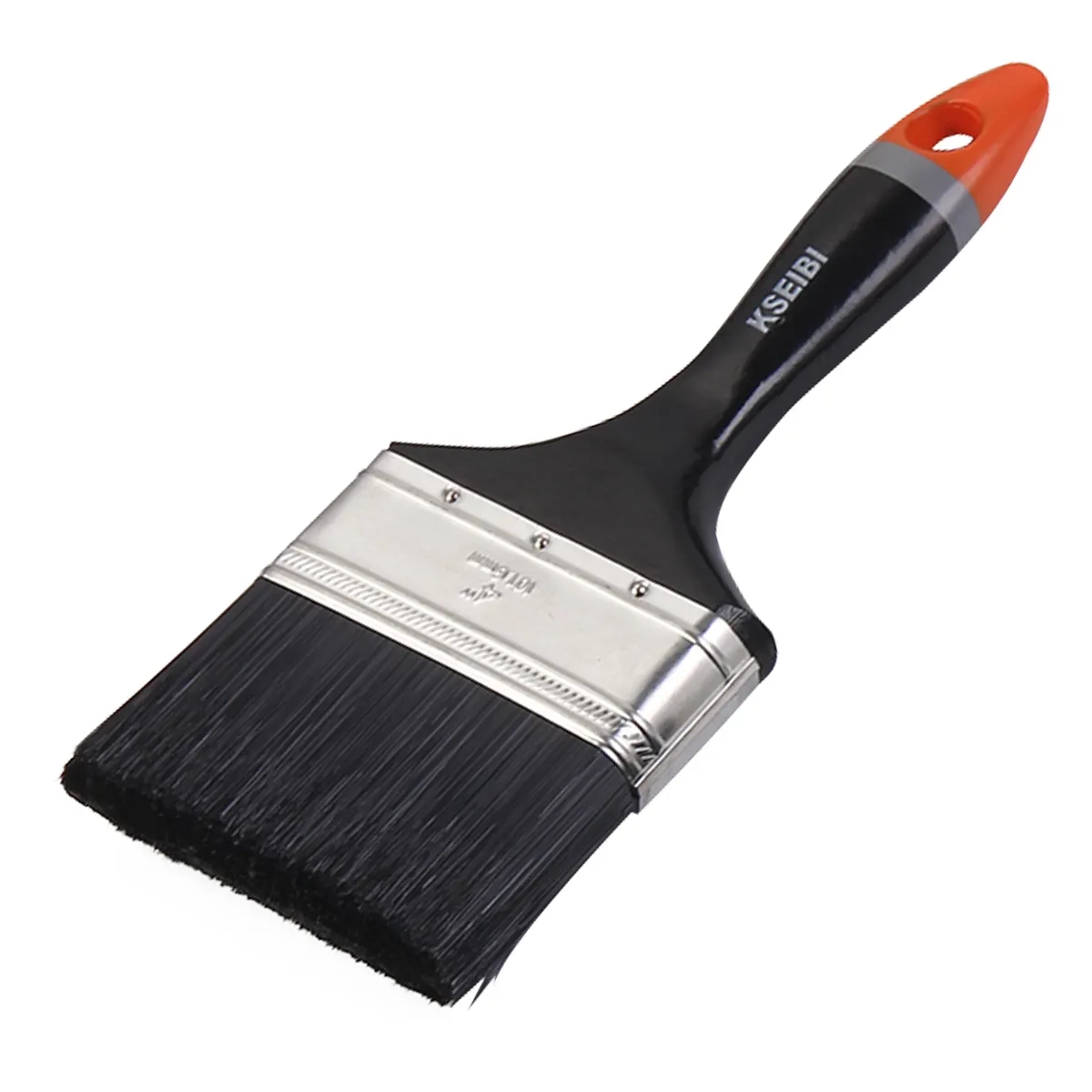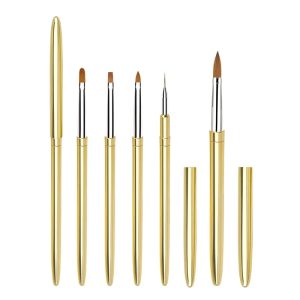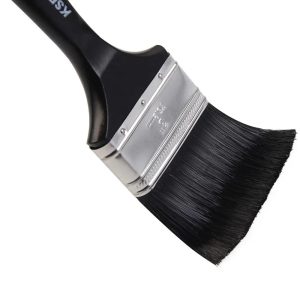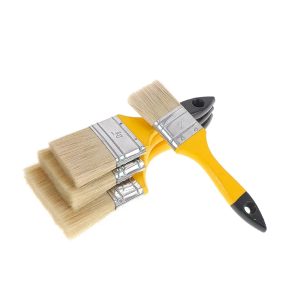Paint brushes offer a range of benefits that make them essential tools for artists, crafters, and DIY enthusiasts. Here are some of the key benefits of using paint brushes:
- Precision and Control: Paint brushes allow for precise and controlled application of paint, enabling artists to create fine lines, intricate details, and smooth transitions between colors. This level of control is especially important in realistic and detailed artworks.
- Versatility: Paint brushes come in various shapes and sizes, each designed for specific purposes. This versatility allows artists to experiment with different techniques and styles, from broad strokes with flat brushes to delicate detailing with round brushes.
- Variety of Textures: Different brush types and bristle materials produce various textures on the canvas. Artists can achieve effects like blending, stippling, dry brushing, and impasto by choosing the appropriate brush and technique.
- Layering and Blending: Paint brushes enable artists to layer colors on the canvas, creating depth and dimension. They also facilitate blending of colors to achieve smooth gradients and transitions between hues.
- Ease of Use: Paint brushes are relatively simple tools to work with, making them accessible to artists of all skill levels. Beginners can start with basic techniques and gradually learn more advanced methods as they gain experience.
- Traditional Aesthetics: For artists who prefer a traditional approach, using paint brushes provides a tactile and hands-on experience that can be deeply satisfying. This connection with the medium can enhance the artistic process.
- Fine Art and Detailing: When working on fine art projects, such as portraits, landscapes, or still life, paint brushes excel at capturing intricate details and subtle nuances that might be challenging to achieve with other tools.
- Controlled Application of Media: Paint brushes are not limited to just painting with acrylics, oils, or watercolors. They can also be used for applying other media like ink, gouache, and even certain types of adhesives.
- Traditional Techniques: Brushes have been used in art for centuries, and they allow artists to engage in traditional painting techniques that have stood the test of time. This connection to history and tradition can add depth to an artist’s work.
- Personal Expression: The physical act of painting with a brush can offer a sense of personal expression and creativity. Artists can apply their unique touch and style to their work, making each piece distinctively their own.
- Layering and Glazing: Brushes are excellent tools for layering and glazing techniques. Artists can build up layers of translucent color to create luminosity and depth in their paintings.
- Easy Cleanup: Compared to some other painting tools, brushes are relatively easy to clean and maintain, especially when using water-based paints. This makes them convenient for artists who want to keep their tools in good condition.
While paint brushes offer numerous benefits, it’s also worth noting that each artist has their preferred tools and techniques. Some artists may choose to combine paint brushes with other tools, such as palette knives or sponges, to achieve specific effects. Ultimately, the choice of tools depends on an artist’s style, preferences, and the desired outcome of their artwork.
Paint brushes are typically packaged and protected in various ways to ensure their quality and prevent damage during storage, shipping, and handling. Packaging methods for paint brushes can vary depending on the brand, type of brushes, and intended use. Here are some common packaging methods:
- Plastic Sleeves or Tubes: Many paint brushes are packaged in individual plastic sleeves or tubes. These sleeves or tubes protect the bristles from dust, dirt, and damage. They are often used for higher-end brushes and artist-quality brushes.
- Blister Packs: Brushes can also be packaged in blister packs, which are clear plastic packaging that encases the brush and allows customers to see the bristle shape and handle design. Blister packs provide a degree of protection and are commonly used for brushes sold in art supply stores or retail settings.
- Hang Tags: Brushes might have hang tags attached to them, with information about the brush’s features, specifications, and recommended use. Hang tags allow brushes to be displayed on hooks or pegs in stores.
- Cardboard Boxes: Some paint brushes, especially those sold in sets, come in cardboard boxes with individual compartments for each brush. These boxes help organize and protect the brushes, and they often include information about the brush types included in the set.
- Pouches or Cases: Higher-quality brushes, such as artist-grade brushes, might come in fabric pouches or protective cases. These cases provide additional protection and storage options for the brushes, helping to keep them in optimal condition.
- Bulk Packaging: Brushes that are meant for industrial or educational use might be packaged in bulk quantities, often in plastic bags or shrink-wrapped bundles. This type of packaging is more practical for large-scale use.
- Cylinder Containers: Some specialty brushes, particularly those with longer handles or unique shapes, may be packaged in cylindrical containers made of plastic or cardboard. These containers provide a safe and secure way to store and transport the brushes.
- Custom Packaging: Certain brush manufacturers or retailers might use custom packaging to enhance the branding and presentation of their products. This could include personalized boxes, labels, or other packaging elements that showcase the brand identity.
- Combo Packs: Brushes are sometimes packaged as part of combo packs that include other art supplies, such as paints, canvases, or palettes. These packs offer a convenient way for artists to purchase everything they need for a specific project in one package.
- Foam Inserts: In higher-end packaging, foam inserts might be used to securely hold and protect the brushes. These inserts help prevent damage to the bristles and maintain the shape of the brush during transportation and storage.
When choosing paint brushes, it’s important to consider not only the quality of the brushes themselves but also the packaging. Brushes that are well-packaged and protected are more likely to arrive in good condition, ensuring a positive experience for the artist or buyer.
Paint brushes offer a range of advantages that make them a popular choice for artists, crafters, and professionals working with various types of paints and surfaces. Here are some of the key advantages of using paint brushes:
- Precision and Control: Paint brushes allow for precise and controlled application of paint. This is crucial for achieving fine lines, intricate details, and controlled brushstrokes, especially in detailed artworks.
- Versatility: Paint brushes come in various shapes, sizes, and bristle types, making them versatile tools for different painting techniques and styles. From broad strokes to detailed work, there’s a brush suitable for every need.
- Customizable Effects: Different brush shapes and sizes create a variety of effects and textures on the canvas. Artists can experiment with blending, stippling, cross-hatching, and more to achieve desired visual effects.
- Layering and Blending: Brushes allow for layering and blending of colors, helping artists create smooth gradients and transitions between hues. This is particularly valuable in creating depth and dimension in paintings.
- Appropriate for Different Media: Paint brushes can be used with a wide range of painting media, including acrylics, oils, watercolors, gouache, and inks. This versatility makes brushes suitable for various artistic projects.
- Fine Detailing: For artworks requiring intricate details, paint brushes excel at capturing minute features accurately. This is important in genres like portrait, still life, and botanical painting.
- Traditional and Time-Tested: Brushes have a long history in art, and using them connects artists to traditional techniques and craftsmanship that have stood the test of time.
- Tactile Experience: The physical act of using a brush to apply paint provides a tactile and hands-on experience that many artists find enjoyable and immersive.
- Gradual Learning Curve: Paint brushes are relatively easy to start using, making them suitable for artists of various skill levels. Beginners can begin with basic techniques and progressively learn more advanced methods.
- Personal Expression: Brushes allow artists to imprint their personal style and creativity onto their artwork. The individual touch and mark-making contribute to unique and expressive pieces.
- Controlled Medium Application: Brushes offer a controlled way to apply paint or other media, which is crucial for achieving the desired coverage and texture in a painting.
- Artistic Freedom: Artists can use brushes to experiment with different brushstrokes, marks, and techniques, giving them the freedom to explore and innovate in their work.
- Accessible and Widely Available: Paint brushes are readily available at art supply stores, making them easily accessible for artists who want to start painting or expand their toolkit.
- Layering and Glazing: Brushes are effective for layering and glazing techniques, enabling artists to create rich and luminous effects through multiple layers of transparent or translucent color.
- Easy Cleanup: Cleaning and maintaining paint brushes, especially those used with water-based paints, is relatively straightforward compared to some other painting tools.
Ultimately, the advantages of using paint brushes stem from their ability to offer control, versatility, and a wide range of artistic possibilities, making them an indispensable tool for many artists and creative projects.





